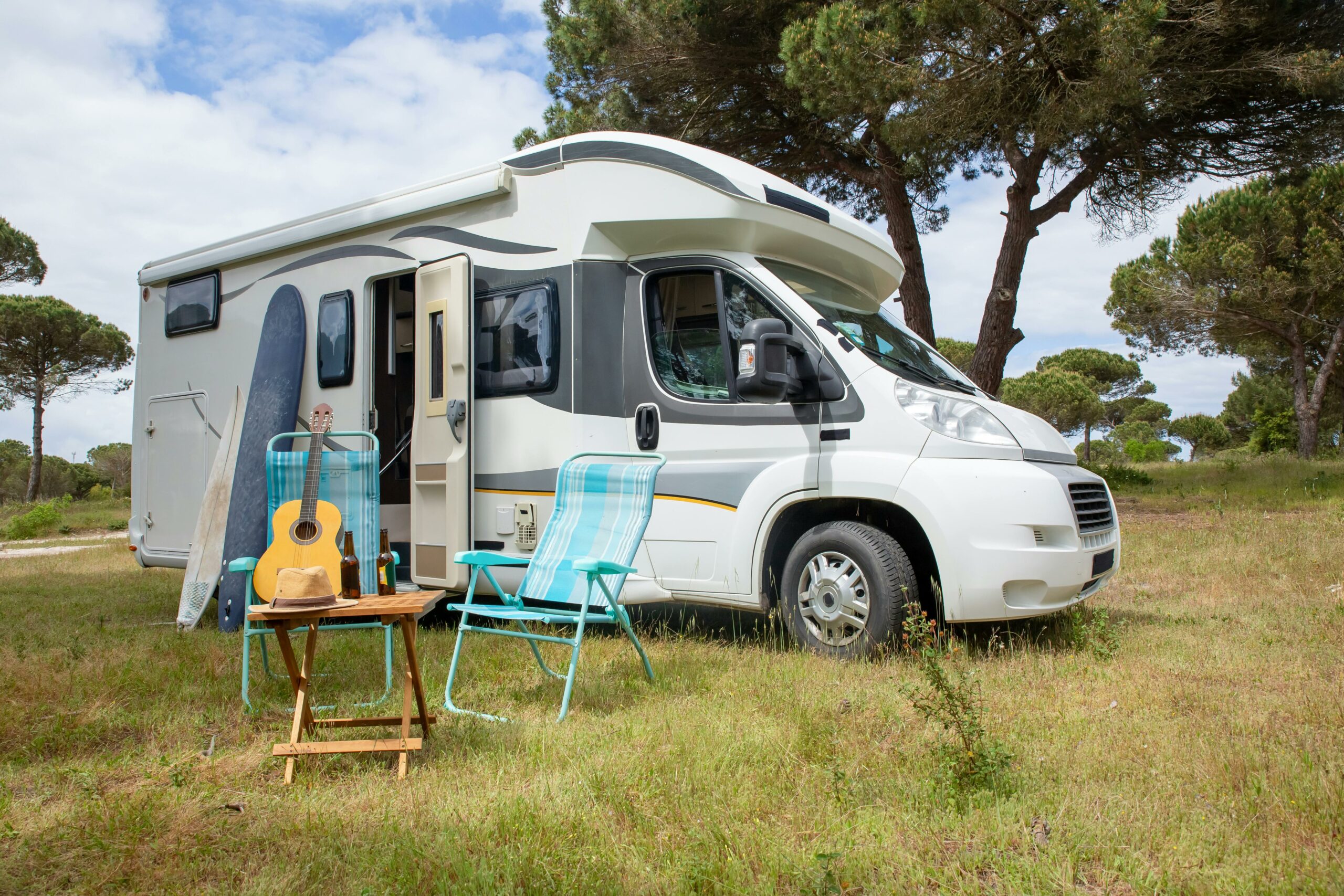Storing your recreational vehicle (RV) is a critical aspect of maintaining its longevity and readiness for future adventures. Whether you’re an experienced RV enthusiast or a newcomer to this form of travel, understanding the intricacies of proper RV storage is key to protecting your vehicle. In this comprehensive blog, we will explore the fundamental considerations for storing your RV, from selecting the ideal storage facility to prepping your vehicle for both short-term and long-term storage.
Choosing the Right Storage Facility
Selecting the appropriate facility for your RV involves assessing security features, location, and the storage options available. A secure facility should include gated access, continuous surveillance, and sufficient lighting to deter theft and vandalism. Location is also critical; choosing a facility close to home can save you time and effort when you need to check on or retrieve your RV. Moreover, some facilities offer value-added services such as wash stations or dump stations, enhancing convenience for RV owners.
Indoor vs. Outdoor Storage
Indoor Storage
Opting for indoor storage provides the best protection against environmental damages such as UV radiation, rain, and extreme temperatures. Indoor spaces can also prevent common deterioration such as tire flat-spotting and external wear from weather exposure. It is generally more costly but worth the investment if you aim to preserve your RV in pristine condition over the years.
Outdoor Storage
While more economical, outdoor storage requires additional precautions to safeguard your RV. It is vital to invest in a high-quality, weather-resistant cover and to consider the installation of tire and window covers to guard against the elements. Some outdoor facilities offer covered spaces that provide a middle ground between indoor and outdoor options, offering some protection from direct exposure at a lower cost.

Preparing Your RV for Storage
Cleaning
Before storing your RV, a comprehensive clean-up is essential. Washing the exterior and waxing can help protect the paint, while a thorough interior cleaning prevents odors and pest infestations. Ensure all tanks are emptied and cleaned to avoid bacteria growth and unpleasant smells.
Maintenance Checks
Address all maintenance issues before storage. Seal any exterior leaks, lubricate hinges and locks, and inflate the tires to the recommended pressure to prevent damage. This proactive approach can save you time and repair costs when you’re ready to use your RV again.
Ventilation
Maintaining good air circulation within your RV is crucial to prevent the buildup of mold and mildew. If storing indoors, use moisture absorbers and periodically check the interior for any signs of dampness or condensation. For outdoor storage, ensure your vent covers are secure but allow air flow to keep the interior dry and fresh.
Access and Amenities
The accessibility of your RV during storage is another significant factor to consider. If you anticipate needing frequent access to your RV, look for a facility that offers flexible hours or 24/7 entry. Consider the range of amenities different storage facilities offer. Some might provide electrical hookups, which are particularly useful for keeping your RV’s battery charged and operational, or climate-controlled units that further protect your vehicle from extreme temperatures and humidity.
Contact USA Storage Today
Finding the right storage option for your RV involves careful consideration of both your needs and the amenities offered by potential storage facilities. In central Arkansas, USA Self Storage provides a variety of both indoor and outdoor solutions at locations in Little Rock, Bryant, Hot Springs, and Lonsdale. We offer secure and accessible options tailored to all types of RV owners. For more details or to secure a storage spot, contact USA Storage at (501) 701-0707. Properly storing your RV during downtime is essential for maintaining it in optimal condition, ensuring it is always ready for your next journey or adventure.
